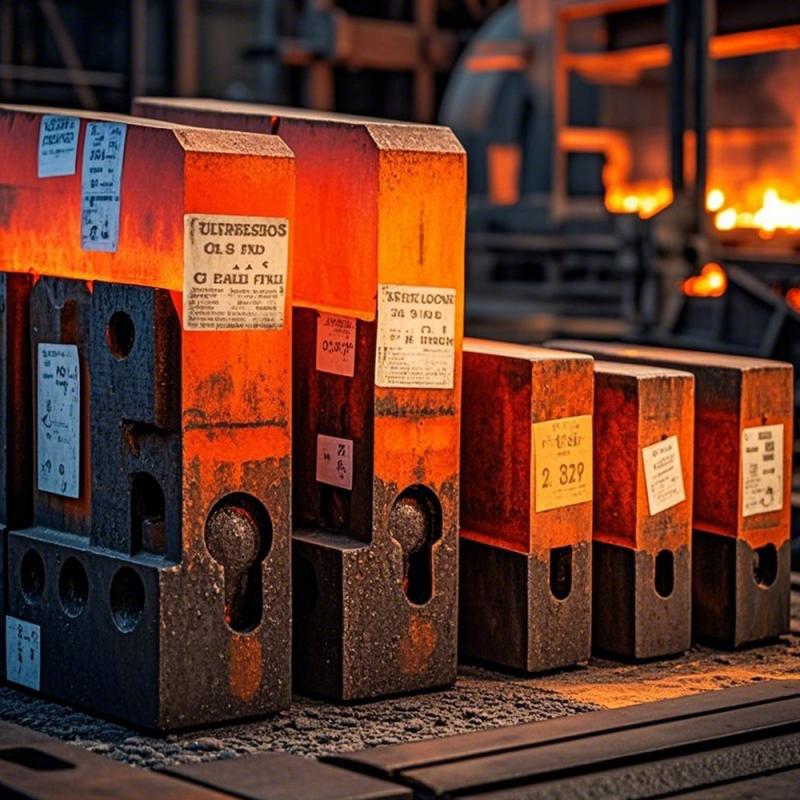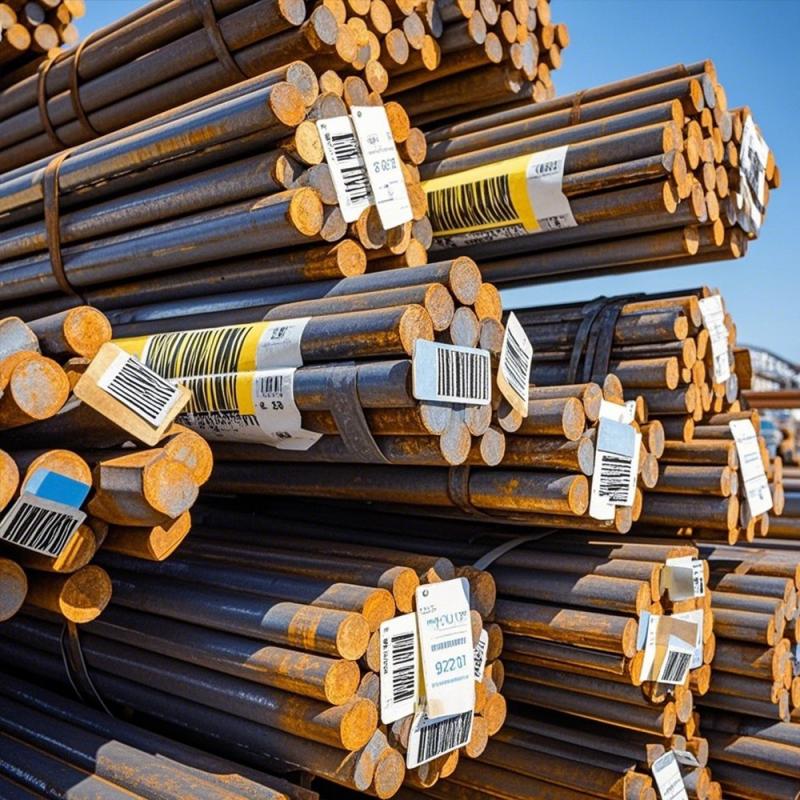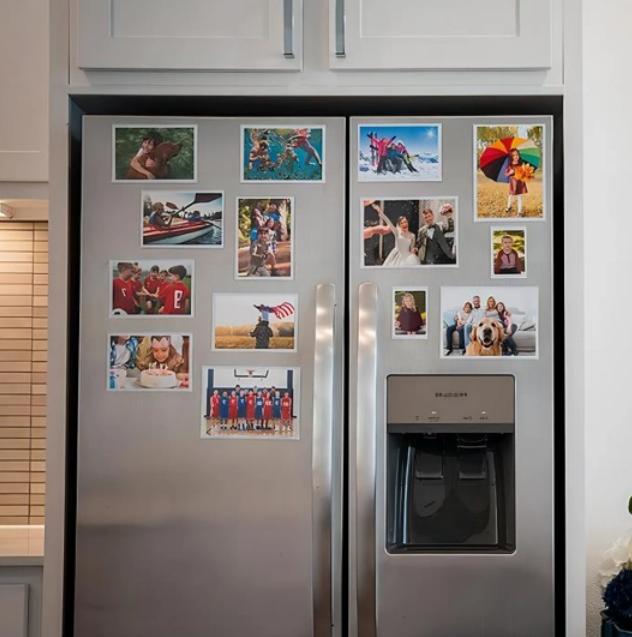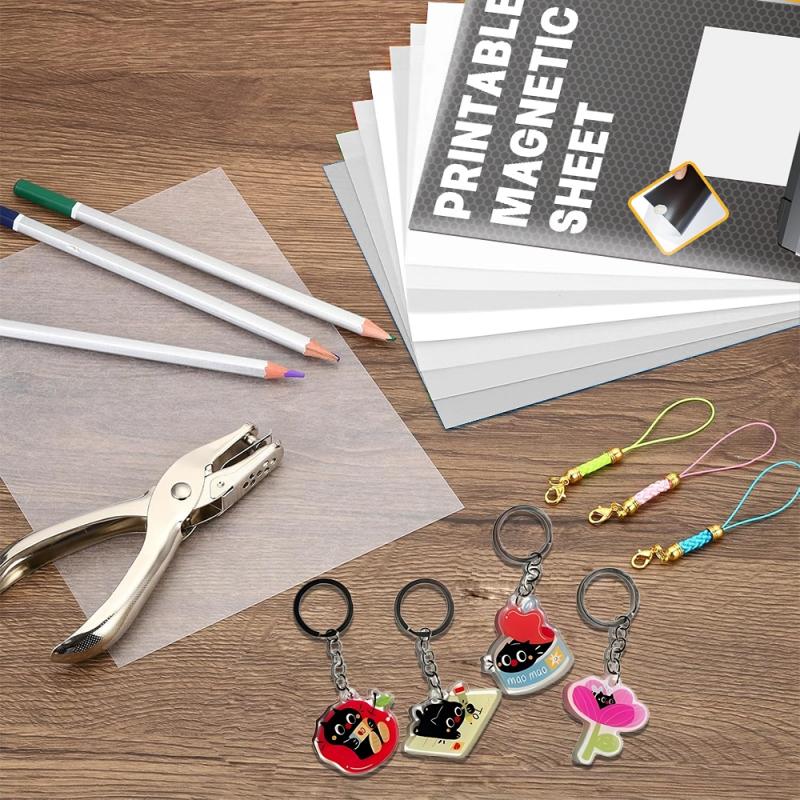Choosing Durable Heat-Resistant Labels for Manufacturing Success
By hqt
Heat-Resistant Labels may be small, but they carry the data that keeps your line moving: part IDs, barcodes, compliance marks, and safety notes. At Crystal Code, we build labels that stay put and stay readable when ovens, soldering stations, or sterilizers push temperatures to the limit. Below, we explain why the right construction matters, how our labels are engineered, and how to choose Heat-Resistant Labels that fit your process – not the other way around.

The Real Cost of Label Failure (and How to Avoid It)
When production heats up, ordinary paper or standard film labels tend to give up first. They fade under constant heat, curl at the edges, or peel during cleaning. Once a barcode is gone, traceability slips, lot segregation gets messy, and audits become stressful. Rework follows. So do delays.
Our customers see this across multiple environments. In electronics, boards pass through reflow or wave soldering where labels must endure short, intense heat bursts. In automotive and aerospace, parts travel from machining to test cells and on to engine assemblies – each step bringing heat, oil, or abrasion. In steel and general industrial manufacturing, components face hot surfaces and rough handling. Medical equipment adds another stressor: high-temperature sterilization that can cloud weak coatings and blur ink.
Heat-Resistant Labels counter these risks with materials and adhesives that keep data intact through the entire thermal cycle. The result is fewer line stops, cleaner scans, and consistent compliance documentation. That stability is not a luxury – it is the cheapest way to protect throughput.
✅ Where Conventional Labels Fall Short
Even well-run plants report three recurring pain points under heat or chemicals: fading print, adhesive failure, and coating damage. Crystal Code addresses each one at the material level. We combine a high-temperature face stock with a heat- and chemical-resistant coating, then match it to a durable adhesive. This stack-up is designed to keep barcodes sharp and labels secure in conditions where standard options fail.
How Crystal Code Engineers Reliability Up to 300°C
Durability starts with the face material. We specify High-Temperature Synthetic Film, Polyimide, or PET based on your process temperature and surface type. Over that, we add a Heat-Resistant & Chemical-Resistant Coating to lock in print density and support crisp scanning after exposure. Underneath, a High-Performance Heat-Resistant Adhesive provides the bond strength needed for low- and high-energy surfaces – metal, plastic, glass, and ceramics – as well as engine components.
You get a label that works as hard as your equipment. It reads cleanly after heat spikes, holds fast during cleaning, and resists abrasion during handling. And because our constructions are tuned for production, operators can print fast without babysitting settings.
✅ Key Specifications You Can Count On
• Temperature Range: Withstands up to 300°C (572°F)
• Materials: High-Temperature Synthetic Film / Polyimide / PET
• Coating: Heat-Resistant & Chemical-Resistant
• Adhesive: High-Performance, heat-resistant formula
• Surfaces: Metal, Plastic, Glass, Ceramics, Engine Components
• Size: Fully customizable for part geometry and layout
• Usage: Electronics, Aerospace, Automotive, Industrial Manufacturing, Medical Equipment
• Printing: Inkjet Printer compatible; strong ink receptivity
• Features: Waterproof, Good Adhesive, Easy Cut, Easy Peel, Environment-Friendly, Bright Coloured
• Certifications: SGS / ROHS / ISO
These attributes allow Heat-Resistant Labels to remain legible and intact after prolonged heat and chemical exposure. They also stick reliably to mixed surfaces – painted or bare – so tracking and identification remain stable from the first operation to final inspection.
✅ Printing and Application Without the Drama
Print clarity is a performance feature, not an afterthought. Our surfaces accept inkjet output with excellent density, so barcodes and human-readable text appear dark, crisp, and easy to scan. Operators appreciate the easy cut and easy peel handling, which speeds application on busy lines. Visual management is supported by bright coloured options, and our environment-friendly design helps teams meet EHS goals without sacrificing durability.

How to Choose Heat-Resistant Labels for Your Line
The right choice depends on three things: temperature profile, surface, and exposure. Start with your true thermal envelope – both peak and dwell. A board that briefly hits 260-300°C in reflow needs a different face material than a housing that sits near a hot engine block for hours. For solder processes and other extreme peaks, polyimide heat-resistant labels for electronics are often a strong fit. For hot metal handling or general high-temperature work cells, High-Temperature Synthetic Film or PET may be the better balance of cost and performance.
Next, consider surface energy and texture. Metals and ceramics behave differently from engineering plastics. Our adhesive options are tuned for both, helping you avoid two common headaches: labels that slide during application and labels that lift in service.
Finally, map the chemical and mechanical exposures that labels will face. Fluxes, oils, coolants, sterilants, and abrasive contact all influence the coating choice. Our Heat-Resistant & Chemical-Resistant Coating protects print so barcodes remain scannable after cleaning, testing, or sterilization.
For teams building a digital thread across assets, we also support high-temperature asset tracking labels that integrate with scanners and vision systems. We’ll size labels to your parts and align layouts to your readers so data capture stays fast and error-free.
✅ Quick Selection Checklist
• Define peak and sustained temperatures for each process step (reflow, curing, sterilization).
• Confirm surface type and finish (metal, plastic, glass, ceramics; painted or bare).
• List chemical exposures (flux, oil, coolant, sterilant) and mechanical risks (abrasion, handling).
• Specify label size, barcode symbologies, and any color or icon needs.
• Verify printer setup (inkjet) and on-line application method.
With that information, Crystal Code will recommend a material stack and adhesive that fit your reality – not a generic datasheet. We’ll also provide samples so you can validate scanning performance and adhesion at actual line speeds.
✅ Use Cases at a Glance
In electronics, polyimide labels stay readable through solder reflow and wave processes. In automotive and aerospace, high-temperature synthetic films deliver durable IDs on engine parts and metal assemblies. In steel and industrial manufacturing, PET constructions handle hot surfaces and tough handling. In medical equipment, labels maintain clarity through high-temperature sterilization, supporting clean, compliant device marking.
Ready to Upgrade Your Labeling?
Talk to Crystal Code about Heat-Resistant Labels that withstand up to 300°C (572°F), bond to metal, plastic, glass, and ceramics, and print cleanly on inkjet. Request samples, a fast recommendation, or a specification review. We’ll help you lock in traceability, reduce rework, and keep your line running – no matter how hot it gets.
- Agodeo inkjet vinyl sticker paper
- AIVA printable vinyl sticker paper
- best inkjet vinyl sticker paper for outdoor use
- cheap printable vinyl sticker paper for outdoor use
- cold chain temperature indicator
- color-change temperature sticker
- Cricut vinyl sticker paper inkjet
- custom vinyl sticker printing
- DIY sticker paper sheets
- durable waterproof sticker paper for inkjet printers
- electronics temperature sticker label
- glossy inkjet vinyl sticker paper
- hot equipment warning sticker
- industrial temperature indicator label
- inkjet sticker paper for Cricut
- matte inkjet sticker paper
- medical temperature indicator sticker
- multi-point irreversible temperature sticker
- Neato vinyl sticker paper
- one-time temperature indicator label
- orajat 1917 printable vinyl
- peak temperature measurement label
- printable vinyl for car decals
- printable vinyl for laptop stickers
- printable vinyl for scrapbooking
- professional quality inkjet vinyl sheets
- reversible temperature monitor label
- self-adhesive printable vinyl
- shipping temperature indicator label
- Tear-resistant sticker paper
- temperature indicator for food safety
- temperature monitoring sticker for transport
- vinyl sticker paper for labels
- waterproof printable vinyl paper
- where to buy inkjet vinyl sticker paper







